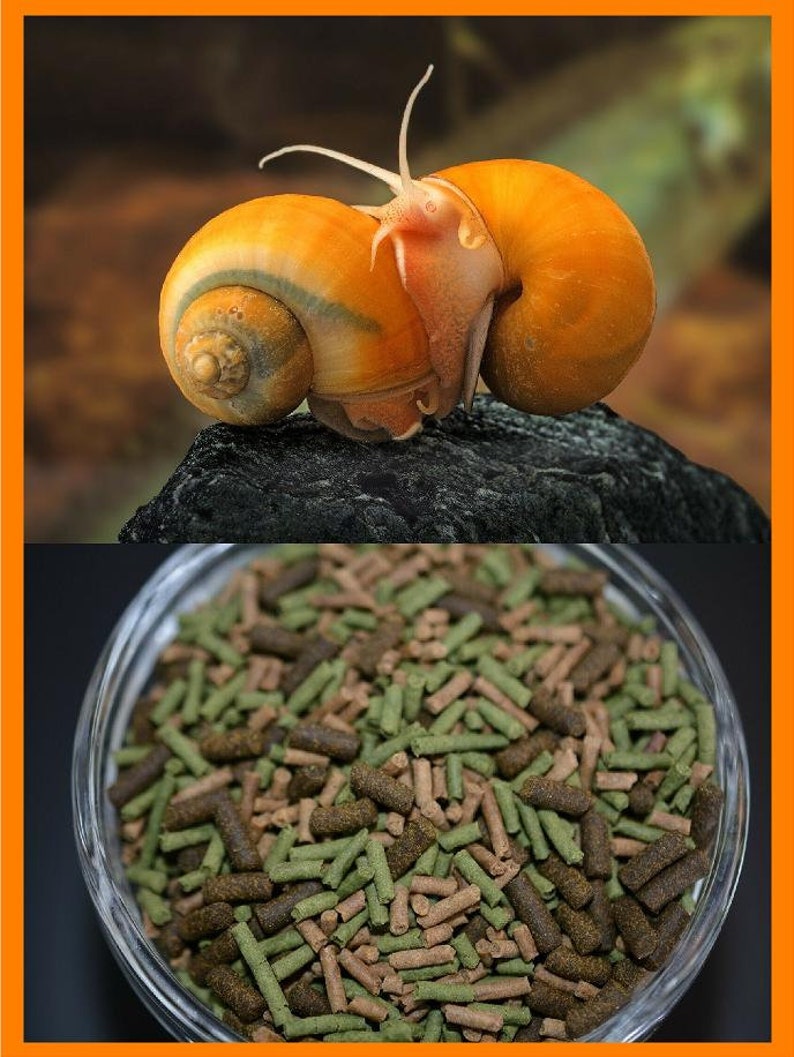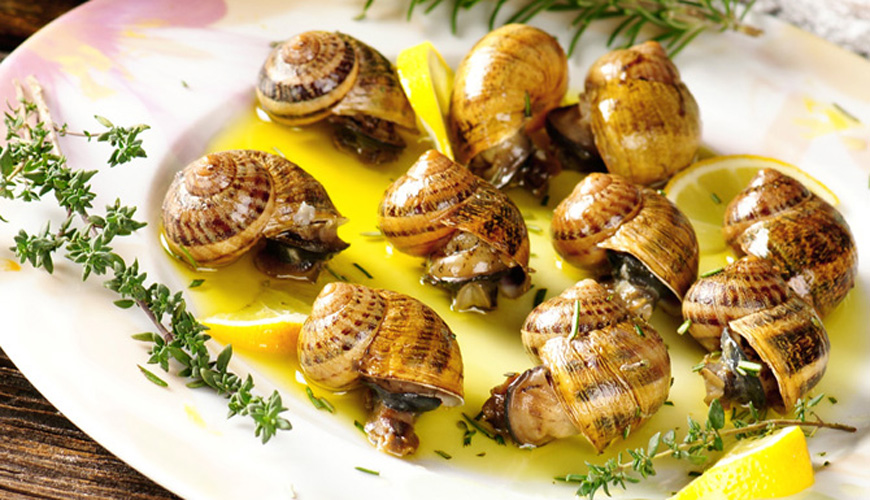
Recently, the smallest land snails, Angustopila dominikae, have been discovered in China, and measure 0.86mm long. The largest living species of sea snail is Syrinx aruanus its shell can measure up to 90 cm (35 in) in length, and the whole animal with the shell can weigh up to 18 kg (40 lb). Several species of the genus Achatina and related genera are known as giant African land snails some grow to 15 in (38 cm) from snout to tail, and weigh 1 kg (2 lb). Snails cannot absorb colored pigments when eating paper or cardboard so their feces are also colored. Many snails are herbivorous, eating plants or rasping algae from surfaces with their radulae, though a few land species and many marine species are omnivores or predatory carnivores. The radula works like a file, ripping food into small pieces. Most snails have thousands of microscopic tooth-like structures located on a banded ribbon-like tongue called a radula. Numerous kinds of snail can also be found in fresh water.

Although land snails may be more familiar to laymen, marine snails constitute the majority of snail species, and have much greater diversity and a greater biomass. Snails can be found in a very wide range of environments, including ditches, deserts, and the abyssal depths of the sea. But snails with gills also form a polyphyletic group in other words, snails with lungs and snails with gills form a number of taxonomic groups that are not necessarily more closely related to each other than they are related to some other groups.īoth snails that have lungs and snails that have gills have diversified so widely over geological time that a few species with gills can be found on land and numerous species with lungs can be found in freshwater. As traditionally defined, the Pulmonata were found to be polyphyletic in a molecular study per Jörger et al., dating from 2010. Snails that respire using a lung belong to the group Pulmonata. The snail is the same or similar shape as the cochlea. The snail has also been used as a figure of speech in reference to slow-moving things. The snail has also had some cultural significance, tending to be associated with lethargy. Snails have considerable human relevance, including as food items, as pests, and as vectors of disease, and their shells are used as decorative objects and are incorporated into jewelry. Gastropods that naturally lack a shell, or have only an internal shell, are mostly called slugs, and land snails that have only a very small shell (that they cannot retract into) are often called semi-slugs. When the word "snail" is used in this most general sense, it includes not just land snails but also numerous species of sea snails and freshwater snails. However, the common name snail is also used for most of the members of the molluscan class Gastropoda that have a coiled shell that is large enough for the animal to retract completely into.

The name is most often applied to land snails, terrestrial pulmonate gastropod molluscs. Helix pomatia sealed in its shell with a calcareous epiphragmĪ snail is a shelled gastropod.


 0 kommentar(er)
0 kommentar(er)
